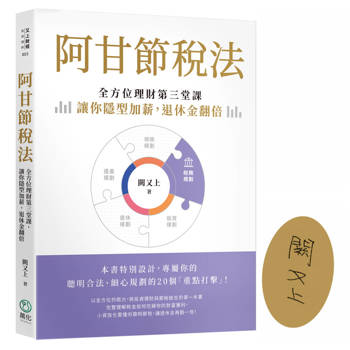Competitive intelligence (CI) is the practice of gathering and analyzing information about competitors in order to gain an edge in the marketplace or by shoring up one’s own company’s defenses prior to an anticipated assault. The stakes are even higher in a global environment, where the potential risks and rewards are amplified. This volume explores emerging trends that affect and influence CI today, such as the impact of digital commerce, the effects of interest groups, and new laws governing the practice of CI across borders. This book illustrates how CI is conducted around the world and highlights the ways in which practicing CI globally is fundamentally different from doing so in a static, one-country context. The authors offer fresh insights and recommendations for CI specialists, strategic planners and executives, marketers and product developers, and anyone studying competition and strategy.
Competitive intelligence (CI) is the practice of gathering and analyzing information about competitors in order to gain an edge in the marketplace (for example, by anticipating their next moves and beating them to the punch) or by shoring up one’s own company’s defenses prior to an anticipated assault. The stakes are even higher in a global environment, where the potential risks and rewards are amplified. This volume explores emerging trends that affect and influence CI today, such as the impact of digital commerce (which enhances the speed with which products and services can be delivered around the world, as well as the speed with which competitors can surprise you), the effects of interest groups (such as those advocating environmental protections, which can tilt the playing fields), and new laws governing the practice of CI across borders. In this book, contributions from researchers, scholars, and practitioners specializing in competitive intelligence reveal the most current practices in the field. In-depth analysis of emerging approaches to CI in North America, South America, Europe, and Asia, and in industries across the spectrum from pharmaceuticals to automotive supply chains, highlight the ways in which practicing CI globally is fundamentally different from doing so in a static, one-country context. The authors offer fresh insights and recommendations for CI specialists, strategic planners and executives, marketers and product developers, and anyone studying competition and strategy.| FindBook |
有 1 項符合
Competitive Intelligence And Global Business的圖書 |
 |
Competitive Intelligence And Global Business 作者:Blenkhorn 出版社:Praeger Publishers 出版日期:2005-01-30 語言:英文 規格:精裝 / 292頁 / 23.9 x 17.3 x 2.8 cm / 普通級 |
| 圖書館借閱 |
| 國家圖書館 | 全國圖書書目資訊網 | 國立公共資訊圖書館 | 電子書服務平台 | MetaCat 跨館整合查詢 |
| 臺北市立圖書館 | 新北市立圖書館 | 基隆市公共圖書館 | 桃園市立圖書館 | 新竹縣公共圖書館 |
| 苗栗縣立圖書館 | 臺中市立圖書館 | 彰化縣公共圖書館 | 南投縣文化局 | 雲林縣公共圖書館 |
| 嘉義縣圖書館 | 臺南市立圖書館 | 高雄市立圖書館 | 屏東縣公共圖書館 | 宜蘭縣公共圖書館 |
| 花蓮縣文化局 | 臺東縣文化處 |
|
|
內容簡介
作者簡介
DAVID L. BLENKHORN is Professor of Marketing at the School of Business and Economics, Wilfrid Laurier University. There he teaches, researches, and consults in the areas of competitive intelligence, business-to-business marketing, customer relationship management, and supply chain management. With Craig S. Fleisher, he is co-editor of Controversies in Competitive Intelligence and Managing Frontiers in Competitive Intelligence.
CRAIG S. FLEISHER is the Odette Research Chair and Professor of Business (Strategy and Entrepreneurship) at Odette School of Business, University of Windsor. Elected as Canada’s first Fellow of the Society of Competitive Intelligence Professionals, he serves as Executive Co-Editor of the Journal of Competitive Intelligence and Management. With David L. Blenkorn, he is co-editor of Controversies in Competitive Intelligence and Managing Frontiers in Competitive Intelligence.
|











